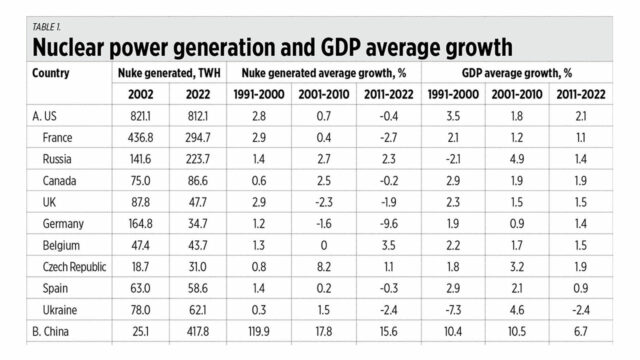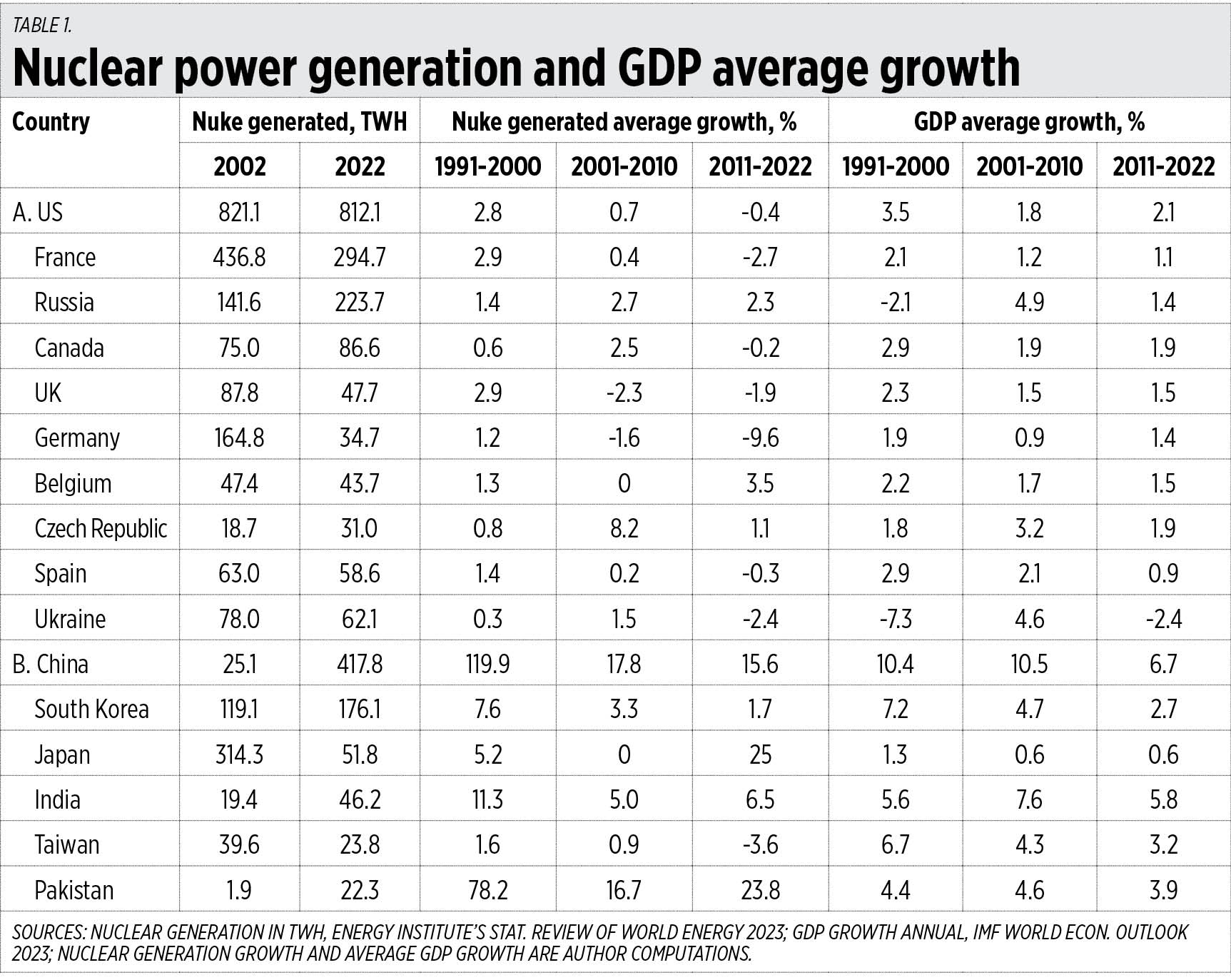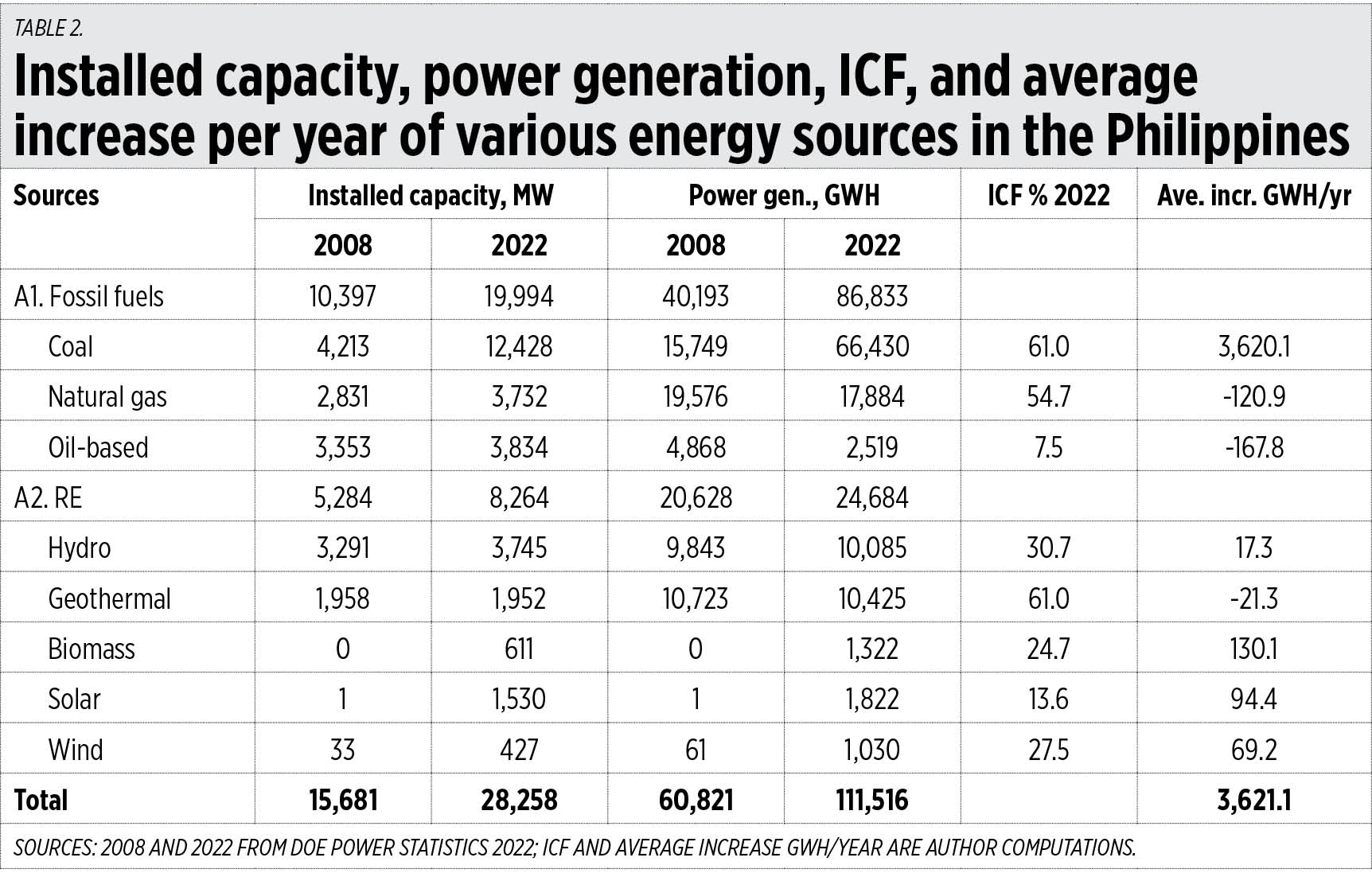Disney, Fox, Warner Bros. Discovery to create joint sports streaming platform
FOX CORP., Walt Disney’s ESPN and Warner Bros. Discovery said on Tuesday they will launch a sports streaming service later this autumn to capture younger viewers who are not tuned in to television.
The media companies will form a joint venture to create a new service from their broad portfolio of professional and collegiate sports rights, which span the National Football League (NFL), the National Basketball Association (NBA), Major League Baseball, the FIFA World Cup, and college competitions.
The yet-to-be-named service would offer an all-in-one package of programming that would include television channels, such as ESPN, TNT, and FS1, as well as sports content that is streamed. Subscribers would also have the option of subscribing to it as part of a streaming bundle from Disney+, Hulu, or Max.
“This means the full suite of ESPN channels will be available to consumers alongside the sports programming of other leaders,” Disney chief executive officer (CEO) Bob Iger said in a statement.
Media analyst Michael J. Wolf of Activate Consulting said the venture will appeal to the 40 million households in the US that pay for high-speed internet access, but don’t subscribe to pay TV. An all-sports digital offering also is likely to appeal to Amazon, Apple, and Roku, which aggregate streaming video for millions of consumers.
“It’s a smart defensive move with potentially huge upside,” former Disney executive Bernard Gershon said. The launch will come at a time when cable television continues to lose subscribers. Live sports continue to serve a powerful audience draw, whether on television or online, as NBCUniversal’s Peacock demonstrated last month with its live streaming of the NFL’s AFC wild card playoff game, he said. Still, that audience comes at a hefty price, reportedly $110 billion for media rights for the NFL.
“Let’s figure out a way to split the costs of rights as they go up,” said Mr. Gershon, explaining the possible deal logic. “And let’s create a platform that people will go for a range of sports and capture some of the upside.”
The CEOs have been discussing a collaboration for some time, according to two people with knowledge of the situation. The partners view this sports-centric service as providing consumers with more choice, not replacing Disney’s flagship ESPN television network or Fox’s FS1, which already reach an avid group of sports fans on TV, according to sources familiar with the matter.
“We believe the service will provide passionate fans outside of the traditional bundle an array of amazing sports content all in one place,” said Fox Chief Executive Lachlan Murdoch.
The new entity will be jointly owned by the three media companies, which will have equal board representation and agree to license their sports content on a non-exclusive basis. An independent management team will operate the new entity.
The sports-centric service signals a recognition that there is a large market for sports outside of traditional TV. This platform is designed to capitalize on that opportunity. It also provides another way for these media companies to monetize increasingly costly sports rights.
“This new sports service exemplifies our ability as an industry to drive innovation and provide consumers with more choice, enjoyment and value,” Warner Bros Discovery CEO David Zaslav said in a statement.
Early last year, Iger had suggested that Walt Disney wants to keep ESPN and will look for strategic partners and investors, as he sought to take the network online.
Activist investor Nelson Peltz believes Disney can achieve profitability in streaming by bundling its ESPN+ online service with a larger player interested in sports, according to media reports from last month. — Reuters














